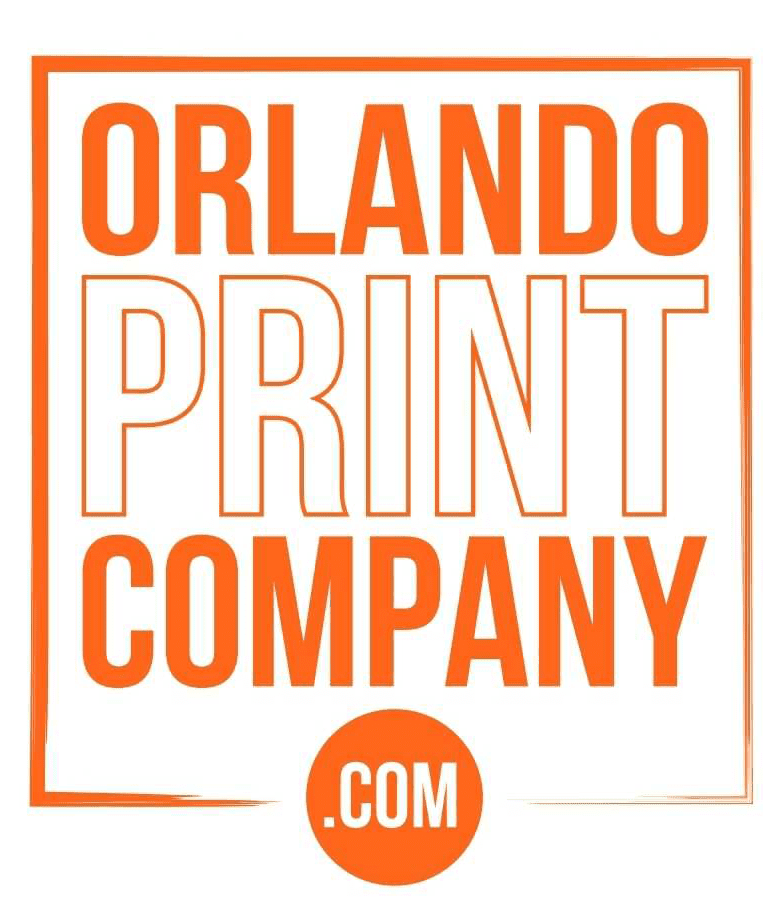In today’s rapidly evolving digital landscape, where screens dominate and virtual experiences reign supreme, one might question the relevance of print design. However, despite the proliferation of digital media, print design continues to hold its ground as a vital and effective communication tool. In this article, we’ll explore why print designing remains relevant in 2024, examining its enduring value, diverse applications, and unique advantages in a world seemingly dominated by pixels and screens.
Print is Not Dead
Despite predictions of its demise in the face of digital dominance, print remains very much alive and relevant in 2024. Print offers a tangible, tactile experience that digital media simply cannot replicate. It engages multiple senses, evokes emotions, and fosters a deeper connection between brands and their audiences. In an increasingly digitized world, the physicality and permanence of print designing hold enduring appeal.
What is Print Design?
Print design encompasses the creation of visual materials intended for physical reproduction. This includes a wide range of items such as brochures, posters, business cards, packaging, magazines, and more. Unlike digital design, which exists solely in the virtual realm, print designing involves tangible, physical manifestations of creativity.
Different Print Materials
One of the enduring strengths of print designing lies in its versatility and adaptability to various materials. Designers have a plethora of substrates to work with, including paper, cardboard, fabric, plastic, and even metal. Each material offers unique characteristics and possibilities, allowing designers to tailor their creations to suit specific purposes and contexts.
Digital Print Design
While traditional methods such as offset printing still play a significant role, the advent of digital printing has revolutionized the print industry. Digital printing offers greater flexibility, faster turnaround times, and cost-effectiveness for small print runs. This technology has democratized print designing , making it more accessible to individuals and businesses alike.
Design for Print
Designing for print presents its own set of challenges and considerations compared to digital design. Factors such as color accuracy, resolution, and print margins must be carefully managed to ensure optimal results. Print designers must also account for the tactile experience of the end user, leveraging textures, finishes, and other tactile elements to enhance engagement.
Print and Design: A Symbiotic Relationship
Rather than viewing print and digital design as competing entities, it’s more productive to see them as complementary components of a holistic design ecosystem. Each medium offers unique advantages and strengths, and savvy designers leverage both to maximize impact and reach. Print materials can drive traffic to digital platforms, while digital channels can enhance the visibility and accessibility of print collateral.
Conclusion
In conclusion, print designing continues to play a vital role in 2024, offering unique advantages and opportunities for creative expression. Its versatility, tangibility, and emotional resonance make it a valuable tool for businesses, marketers, and designers alike. By embracing the symbiotic relationship between print and digital design, organizations can unlock new possibilities for engaging their audiences and making lasting impressions.
For high-quality print design services that combine creativity, expertise, and cutting-edge technology, visit Orlando Printing Company. With a commitment to excellence and a passion for innovation, they’ll bring your print projects to life in stunning detail.
By embracing the enduring relevance of print designing in a digital age, businesses can stand out in a crowded marketplace and make a lasting impact on their target audience.












